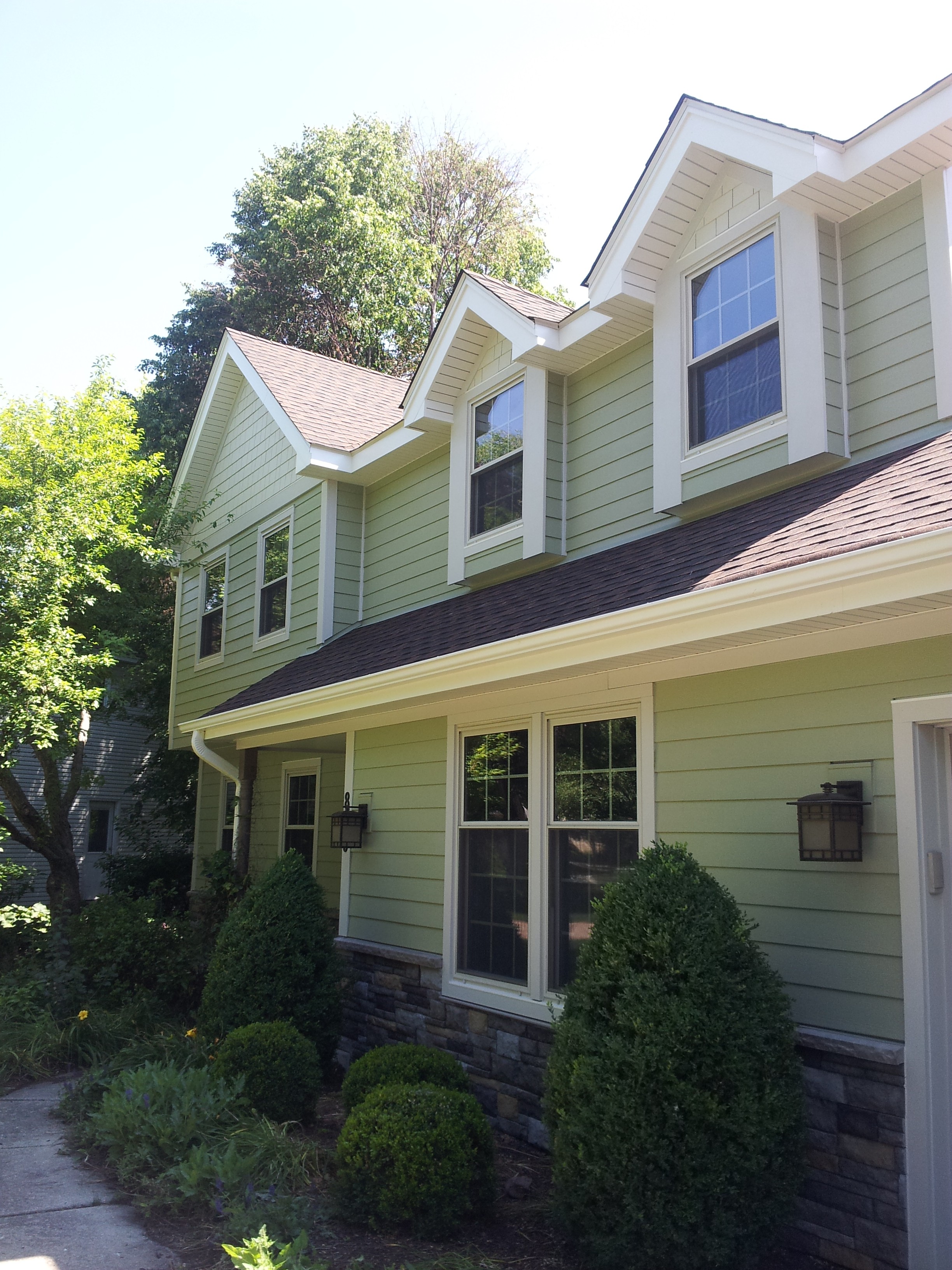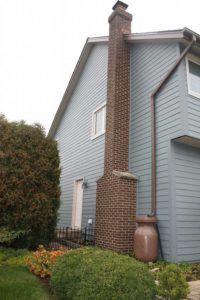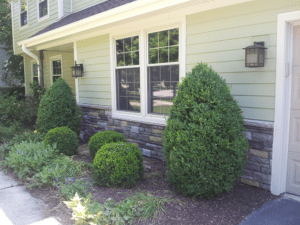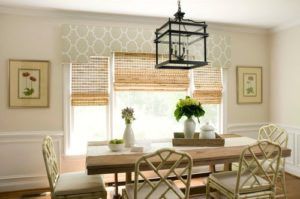 The siding on your home is easy to ignore – for awhile. Eventually, you’ll need to invest in quality siding replacement and James Hardie siding installation will be perfect solution. Homes are often exposed to harsh weather conditions. Years of hot and humid summers and cold and wet winters can take a severe toll. Not only will your siding slowly lose its ability to protect your home from the elements, but it can also adversely affect your home’s curb appeal. Opal can help you determine whether you need a new installation. Having said that, there’s plenty you can do on your own. A visual inspection may be all it takes to confirm that you’re due for an upgrade. It’s a matter of knowing what to look for. With that in mind, here are the top 5 signs that it’s time for a siding replacement.
The siding on your home is easy to ignore – for awhile. Eventually, you’ll need to invest in quality siding replacement and James Hardie siding installation will be perfect solution. Homes are often exposed to harsh weather conditions. Years of hot and humid summers and cold and wet winters can take a severe toll. Not only will your siding slowly lose its ability to protect your home from the elements, but it can also adversely affect your home’s curb appeal. Opal can help you determine whether you need a new installation. Having said that, there’s plenty you can do on your own. A visual inspection may be all it takes to confirm that you’re due for an upgrade. It’s a matter of knowing what to look for. With that in mind, here are the top 5 signs that it’s time for a siding replacement.
#1 – The Boards Have Become Warped
Warping can occur for a number of reasons. If you have vinyl siding on your home, warping may indicate a poor installation. Loose nailing is critical since vinyl needs room to expand and contract as the temperature changes. If the panels are nailed down too tightly, they can warp. If you have wood siding on your home, warping may indicate uneven water absorption into the boards. One end of the boards might be dry while the other end is wet. Knowledgeable siding contractors can identify how moisture problems started, and describe your best options for resolving them.

Only high-quality materials from trusted manufacturers when handling siding installation
#2 – Mold Has Grown Between And Under The Boards
Mold, a type of fungi, is a byproduct of moisture. It’s often seen on vinyl after moisture becomes trapped between, on or behind the panels. Mold that can be seen on the exterior portion of the panels will appear as black, unsightly splotches. The appearance of mold doesn’t necessarily warrant a siding replacement. Homes are exposed to high humidity levels throughout the year. If a portion of your home’s exterior is under constant shade, that alone can cause mold to develop. However, much bigger problems may exist if fungal growth flourishes behind the panels. That merits closer investigation by an experienced contractor.
#3 – The Boards Are Starting To Rot
Dry rot is a serious problem for homeowners who have wood siding. The problem stems from lingering moisture in the boards. It starts with tiny spores that cling to the boards. When the spores are exposed to adequate moisture, they grow branches which eventually form the fungus that destroys the wood. A moisture content as low as 30% is enough to trigger the onset of dry rot. Once the fungus gains a foothold, it only needs a moisture content of 20% to flourish. How can you tell if your wood siding is rotted? Press on the individual boards. If they’re soft, assume there’s a problem. Alternatively, you can poke the boards with a screwdriver. If the end of the screwdriver penetrates the surface, dry rot has probably taken hold. At that point, it’s time to call a siding contractor.

Only high-quality materials from trusted manufacturers when handling siding installation
#4 – Your Home’s Interior Shows Signs Of Water Damage
When your siding is compromised, your home becomes vulnerable to water damage. One of the first – and most-easily recognized – signs of damage is discoloration in the ceiling and walls. Water that seeps past your siding can be absorbed into your home’s interior structure. Other signs include an unpleasant odor, peeling paint, and evidence of fungal growth. When water damage occurs inside your home as a result of weakened siding, the problem is best left for experienced siding contractors. They have the necessary training to find and fix the root cause. Note that the siding itself may be fine. For example, vinyl is not designed to be waterproof. The problem might stem from a poor installation. The previous installer might have used a faulty underlayment (the sheath that goes behind the siding) or punctured it with nails.
#5 – Your Siding Causes Excessive Noise
Excessive noise is usually associated with vinyl. Sometimes, wind causes the loosely-fastened panels to shake against each other. Other times, weather fluctuations cause them to expand and contract, which in turn causes them to creak. Still other times, vinyl siding will pop if the panels have been fastened together too tightly. Some people can get used to the noise. Other homeowners are better off considering a siding replacement. Residential neighborhoods tend to be quiet, which makes the noise seem especially pronounced. A new installation can dramatically increase your home’s curb appeal while reducing your monthly energy costs.





